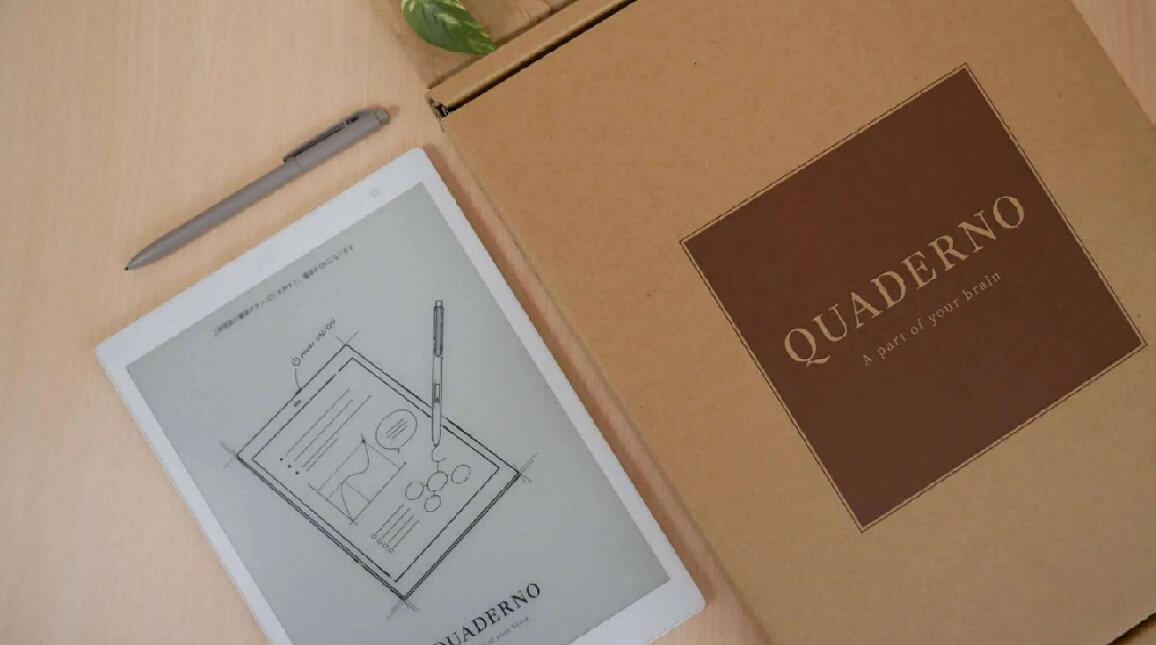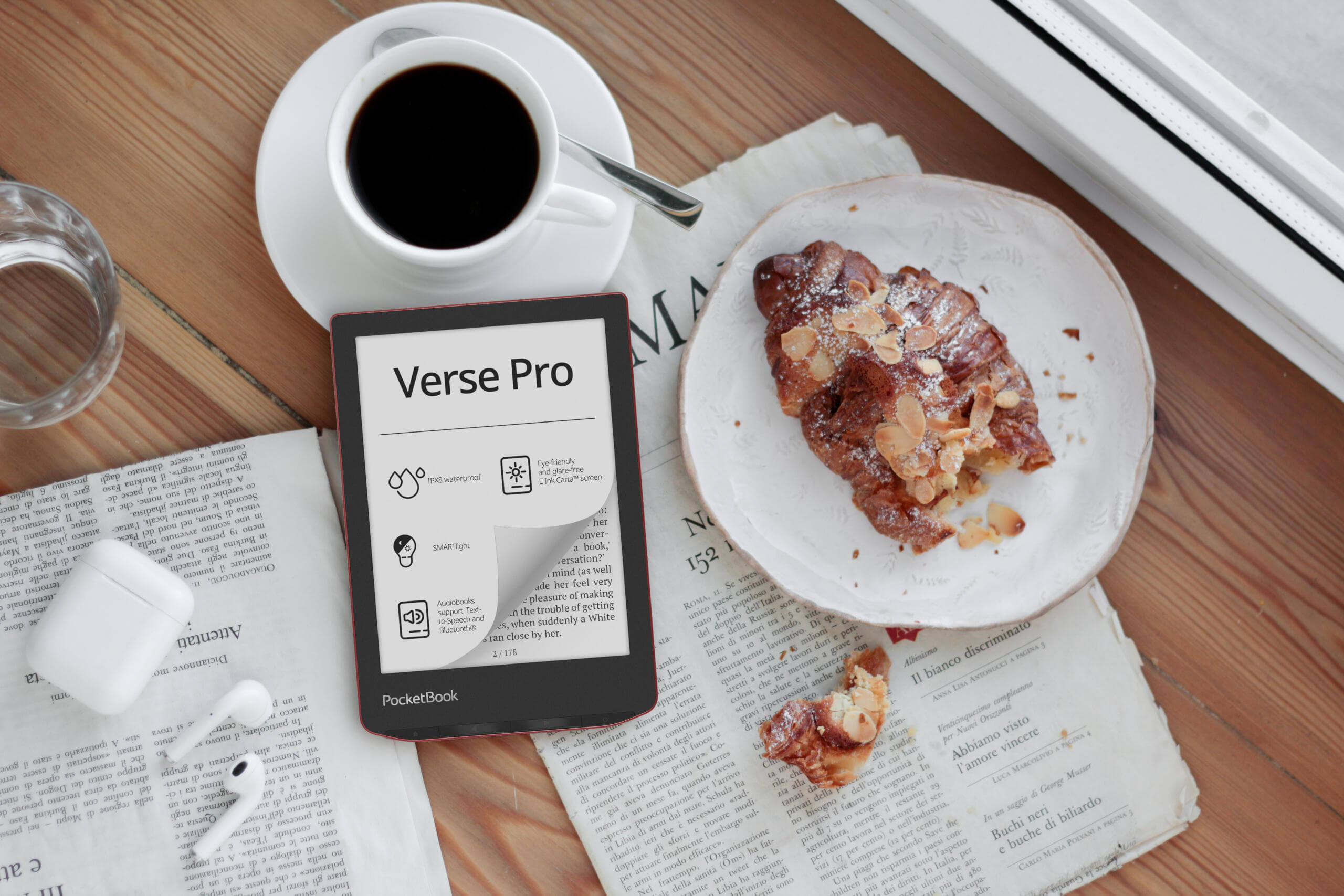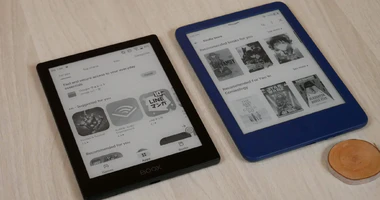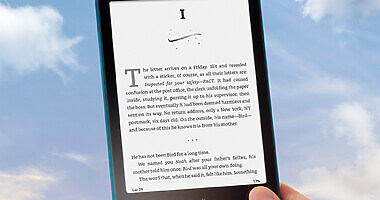Throughout the past few years, more e-reader brands have started to include manual page-turn buttons on their devices. Kobo has been including physical buttons for a while; examples include the Sage and Libra 2. Onyx Boox Page and the Leaf 2 are Android-driven e-readers with buttons to quickly turn the pages of your favourite ebook or manga. Amazon approached page-turns differently on the Voyage; they were capacitive and provided users with haptic feedback when pressed down; the Kindle Oasis is the only model with page-turn buttons. With so many different units, including buttons on their ebook readers, is this something you like or a deciding factor in purchasing?
There are a few different ways that e-reader companies approach physical page-turn buttons. Most position them on the bezel’s right side and have a satisfying click when pressed down. Furthermore, to appeal to left-handed people, they usually include an accelerometer or gyroscope to automatically flip the orientation, while others use software to change the rotation. Brands like Pocketbook tend to put buttons on the very bottom, underneath the e-paper display, so the top and sides of the bezel are thinner and chunkier on the bottom. Pocketbook goes beyond just page-turn buttons and has a home button and more buttons. Before Onyx released the Leaf 2, Page, and Palma, they had cases for some of their products with buttons, which not many brands have done.
Barnes and Noble have included page-turn buttons since the beginning of developing e-readers in the early 2010s. This was one of the reasons why they stood out in the marketplace. Xiaomi and Moaan also use buttons, but they use the volume buttons as page-turn keys, even offering key-mapped settings for short and long presses.
Why do brands use page-turn buttons? I have talked to a few of them, and they include buttons so the e-reader can be held in one hand, and pages can be flipped forward or backward using one hand. This is especially useful when juggling a baby, commuting to work or having a coffee. It is important to note that because an e-reader employs buttons, it still has a touchscreen display to tap, gesture or swipe to turn pages.
Larger companies like Amazon, Barnes and Noble and Kobo do market research and pay third parties to organize focus groups to see what is essential for future e-readers and digital paper products. They would not include buttons on most of their products if people did not find them tremendously helpful. Some Chinese brands copy the design language of existing products to get sales. Example of this is iFlytek and iReader.
Are page-turn buttons useful for readers of Good e-Reader? I wanted to gauge from our fine community if this is something you use regularly or if it even matters.
Michael Kozlowski is the editor-in-chief at Good e-Reader and has written about audiobooks and e-readers for the past fifteen years. Newspapers and websites such as the CBC, CNET, Engadget, Huffington Post and the New York Times have picked up his articles. He Lives in Vancouver, British Columbia, Canada.





